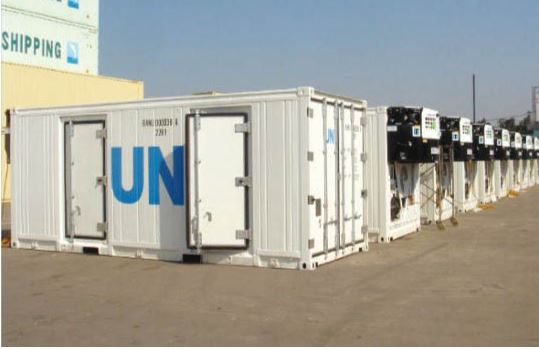Interview: Md Abdur Rahim Talks with Ankur Sarkar on Driving U.S. Tech Forward through Blockchain & AI Innovation
Md Abdur Rahim (Rahim): Ankur, it’s a pleasure to have you here today. Your work in Quality Assurance and research within blockchain, AI, and cybersecurity is creating quite a buzz in the tech world. Can you start by telling us a bit about your journey and what inspired you to pursue a career in these fields?
Ankur Sarkar (Ankur): Thank you, Rahim. I’m excited to be here. My journey began with a deep-seated fascination for technology’s potential to transform industries. During my Master’s program at Washington University of Science and Technology, I was exposed to the intricate connections between theoretical research and practical application. The more I learned about emerging technologies like blockchain and AI, the clearer it became that they held immense power to redefine the boundaries of cybersecurity and business processes. I wanted to be part of that evolution, ensuring that the systems we rely on are not only innovative but secure and dependable.
Rahim: That’s an inspiring start, Ankur. Your background is impressive, blending quality assurance expertise with forward-thinking research. How do you balance your dual roles as a QA Analyst and researcher?
Ankur: Great question. It can be challenging at times, but I see these roles as complementary. My experience as a QA Analyst provides me with a practical understanding of real-world software systems, including their vulnerabilities and limitations. This perspective feeds into my research, allowing me to tailor theoretical innovations to practical needs. Conversely, my research keeps me informed of the latest technological advancements, which I can then integrate into my QA practices to enhance software security and efficiency. This cycle of application and innovation creates a dynamic workflow that keeps me engaged and always learning.
Rahim: That’s an excellent synergy. Speaking of your research, you’ve contributed notable publications on blockchain-based data security and AI-driven predictive analytics. Could you share more about the impact your work has had on the U.S. tech landscape?
Ankur: Absolutely. My research has primarily aimed to bridge the gaps in existing systems by exploring how blockchain can bolster data security and transparency, making it a formidable tool against data breaches and fraud. By combining AI’s predictive capabilities with blockchain’s secure framework, I’ve been able to propose solutions that enhance cybersecurity measures and improve decision-making processes in businesses. The feedback and applications from my peers and industry leaders indicate that these insights are helping shape more resilient and transparent tech solutions across various sectors, including finance, healthcare, and logistics.
Rahim: It’s incredible to see how impactful your work has been. What do you think sets you apart in the field of quality assurance and tech research?
Ankur: I’d say it’s my drive to not just identify problems but actively find solutions that work in real-world scenarios. Many professionals focus on either practical or theoretical aspects; I try to merge the two seamlessly. My hands-on QA experience ensures I stay rooted in real challenges that industries face, while my research pushes me to explore innovative ways to solve them. It’s this balance that allows me to contribute not just to academic circles but to practical advancements in the tech industry as well.
Rahim: That’s a great perspective, Ankur. Where do you see blockchain and AI heading in the next few years, and how do you plan to be part of that future?
Ankur: Blockchain and AI are already proving to be game-changers, but their integration is still in its early stages. I believe the future lies in making these technologies more accessible and adaptable for businesses of all sizes. Blockchain’s potential for immutable records and AI’s ability to process vast data at unprecedented speeds will drive transparency, security, and predictive insights. I plan to continue my research and work on projects that make these technologies scalable and practical for widespread use, furthering my mission to bridge the gap between groundbreaking research and practical implementation.
Rahim: It sounds like you have a clear vision for the future. For those who are inspired by your path and want to pursue a similar career, what advice would you give them?
Ankur: I’d say never stop being curious and always look beyond your current role. Whether you’re in QA, development, or any tech position, the key is to keep learning and exploring how different technological domains can intersect. Don’t just settle for understanding how something works—dig into why it works and how it can be improved. And most importantly, don’t hesitate to apply your research or ideas to real projects. That’s where the true learning and impact happen.
Rahim: Wise words, Ankur. Finally, how can our readers follow your work and stay updated with your research?
Ankur: I’m active on several platforms. You can find my latest research and publications on Academia, Google Scholar, and ResearchGate. For professional updates and insights, feel free to connect with me on LinkedIn.
Rahim: Thank you for sharing your insights, Ankur. It’s been an enlightening conversation, and I’m sure our readers will find it equally engaging.
Ankur: Thank you, Rahim. It’s been a pleasure.




